Studio FET and tube microphone in one.LCT 940
- Tube and FET microphone in one housing
- Blend tube and FET circuit at any ratio
- Studio centerpiece
- 12AX7 tube
- Remote control and power supply in one
- Multi-pattern design
Included: Shock mount, Foam windscreen , 11-pin audio cable, Protective case
On stock. Free shipping to until . Prices include VAT.
Sound samples
How does it sound?
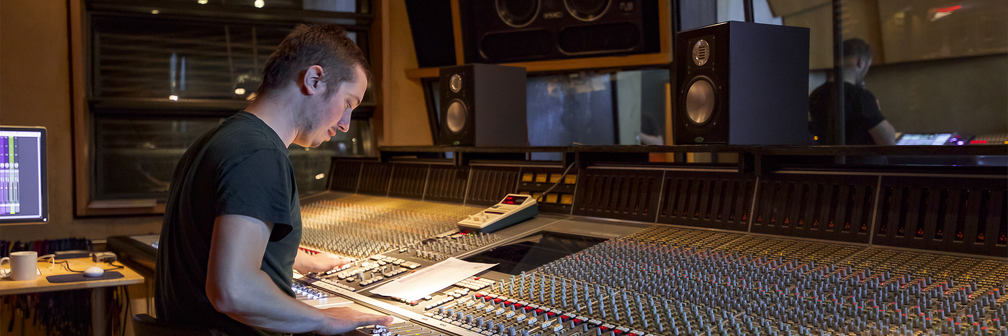
Your studio FET and tube mic in the same housing.
The LCT 940 unifies the specific characteristics of a premium large diaphragm FET condenser microphone and a top-notch tube microphone.
With "Tube" you get warmth and musical harmonics, while "FET" gives you clear and nuanced sound. Blend tube and FET circuit at any ratio and find your ideal mix. The LCT 940 features a total of nine different polar patterns.
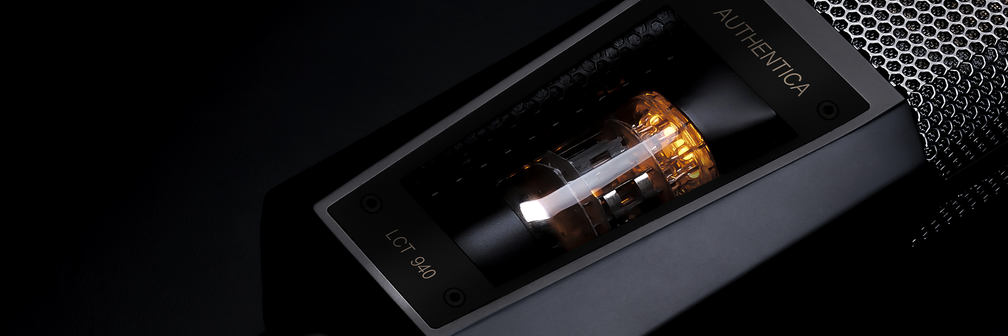
Remote control and power supply in one
Set polar pattern, pre-attenuation, and low-cut.
There is a user interface on the remote control for a quick and accurate setup of pattern, pre-attenuation, and low-cut. Easily check or change the settings, even in complete darkness due to its illuminated user interface. The power supply unit is integrated.
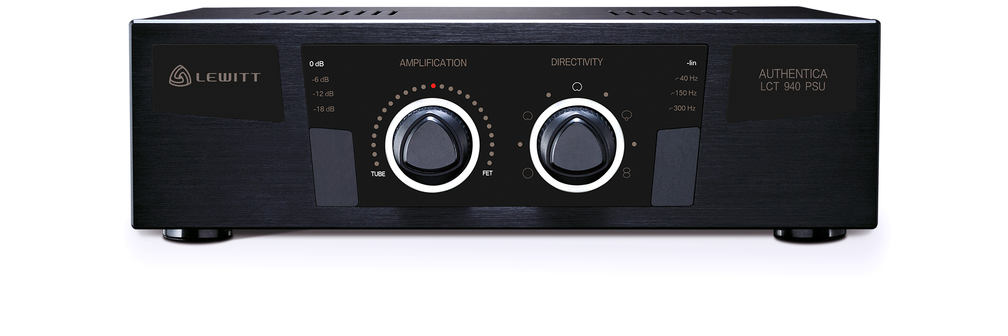
Blend two sound characteristics at any ratio
What's the AMPLIFICATION knob?
By using the AMPLIFICATION knob, you can mix the two distinct microphone circuits, FET and tube circuit at any ratio to find your sweet spot.
This way you can dial in the ideal combination of warmth, punch, and clarity. Works brilliantly to adapt the LCT 940 to different voices.
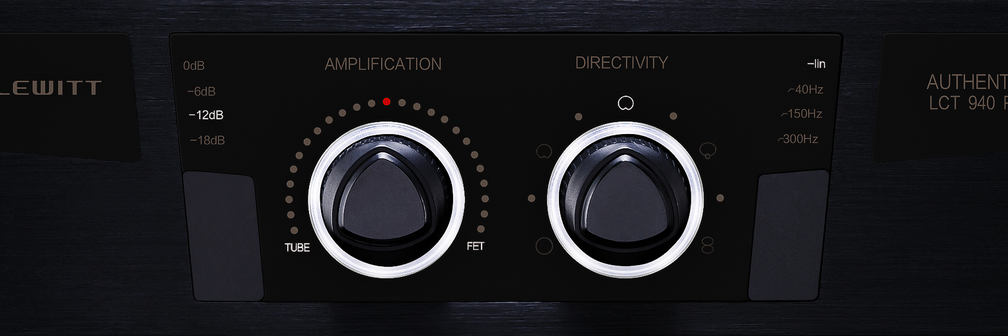
Multi-pattern design
Here are nine patterns in total.
A polar pattern affects how much room sound you end up recording. But switching your polar pattern not only changes the directivity, it also alters the frequency response, resulting in a different sound.
You can also control the proximity effect, and have it pronounced or reduced according to your application.
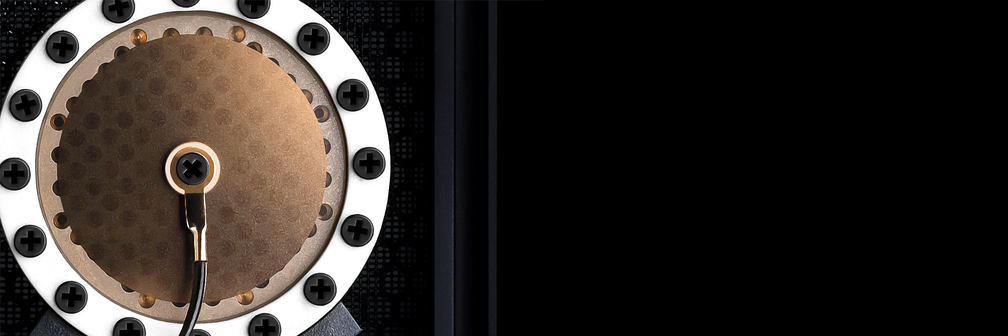
Produce Like a Pro review
Warren Huart, founder of ProduceLikeAPro.com publishes tutorials and reviews on a regular basis to a wide audience. In this episode, he compares a LEWITT LCT 940 with a Neumann U47.
Comments: “It's a really versatile mic, that sounds fantastic [...] and it's very easy to use [...] it came pretty damn close to my Neumann U47.”
Need help finding the right microphone for you?
Specifications
- Type
Condenser, externally polarized
- Acoustical operating principle
Pressure gradient transducer
- Transducer Ø
25.4 mm, 1 in
- Diaphragm
3 micron gold sputtered Mylar
- Polar pattern
Omni, wide cardioid, cardioid, supercardioid, figure-8, four intermediate patterns
- Frequency range
20 ... 20,000 Hz
- Sensitivity
23 mV/Pa, -33 dBV/Pa
- Self-noise
8 dB (A) FET, 12 dB (A) tube
- Max. SPL for 0.5 % THD
143 dBSPL, 0 dB attenuation
- Signal / noise ratio
86 dB (A) FET, 82 dB (A) tube
- Dynamic range
135 dB FET, 131 dB tube
- Attenuation
0 dB
-6 dB
-12 dB
-18 dB
- Low-cut filter
linear
40 Hz (12 dB/oct)
150 Hz (6 dB/oct)
300 Hz (6 dB/oct)
- Internal impedance
200 Ω
- PSU - supply voltage
230 V, 50 Hz
110 V, 60 Hz
- Current consumption
170 mA
- Connector
Gold plated 11-pin XLR
- Tube/Valve
12AX7
- Microphone dimensions
192 x 60 x 46 mm, 7.5 x 2.4 x 1.8 in
- PSU dimensions
250 x 150 x 70 mm, 9.8 x 5.9 x 2.8 in
- Microphone enclosure
Zinc die cast
- Microphone net weight
662 g, 23.3 oz
- PSU net weight
1,930 g, 68.1 oz
Microphones measured according to: IEC 60268-4 | Phantom power according to: IEC 61938 | Noise measurement according to: IEC 60268-1

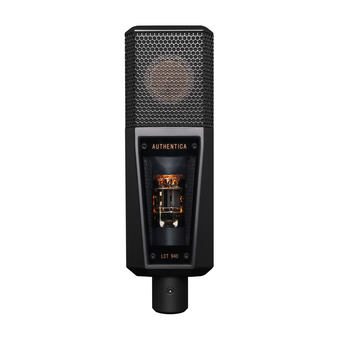
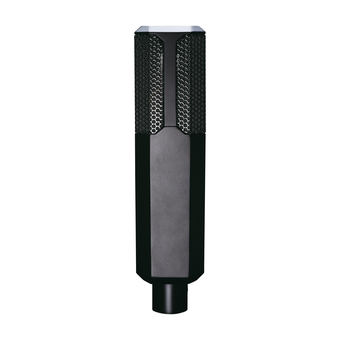
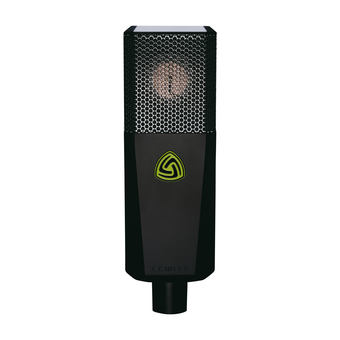
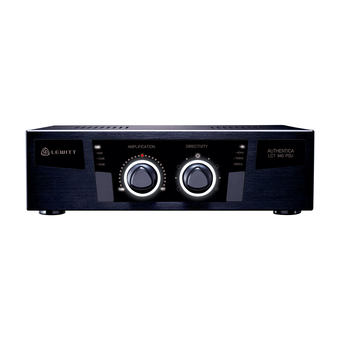
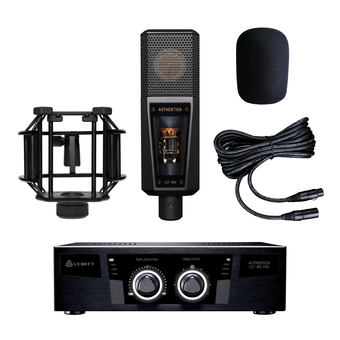






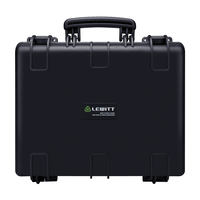
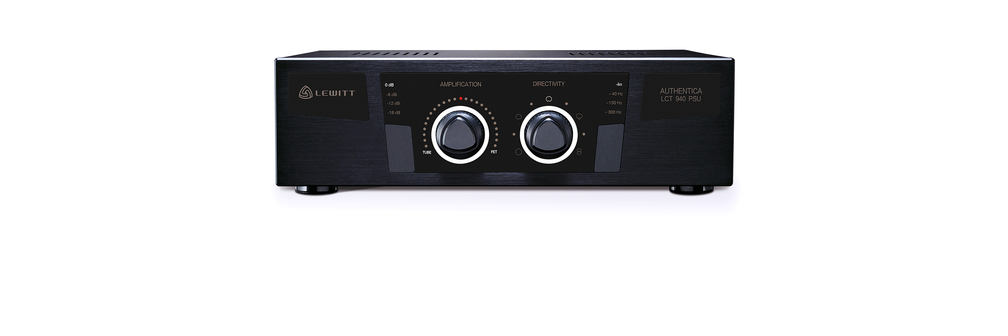
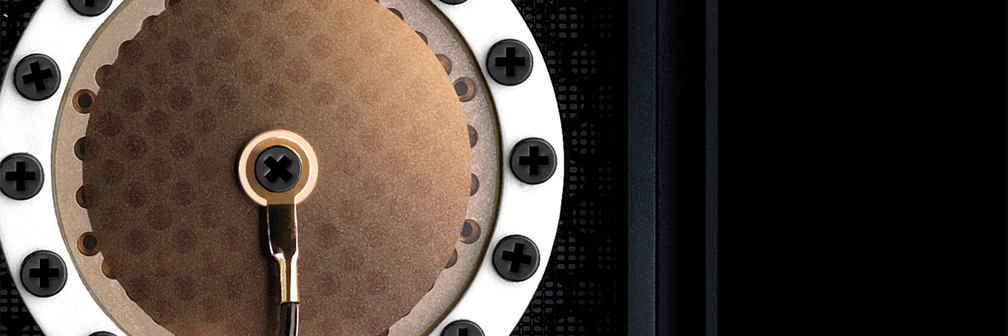
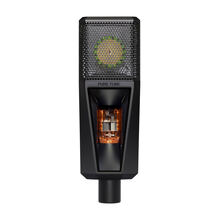
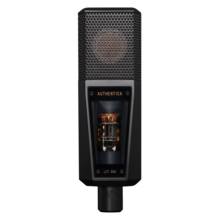
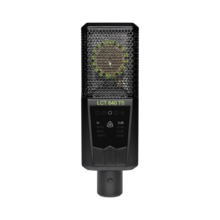
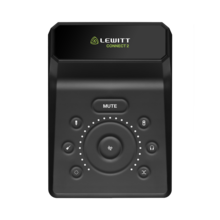
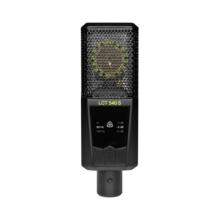
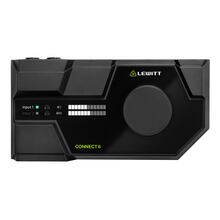
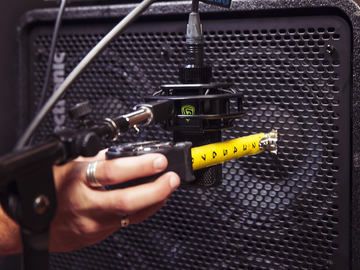
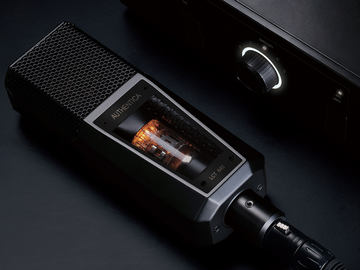
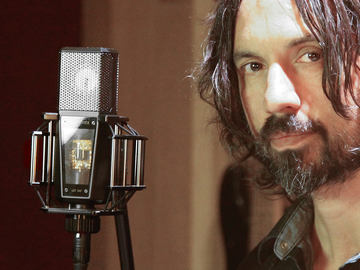
.jpg)



